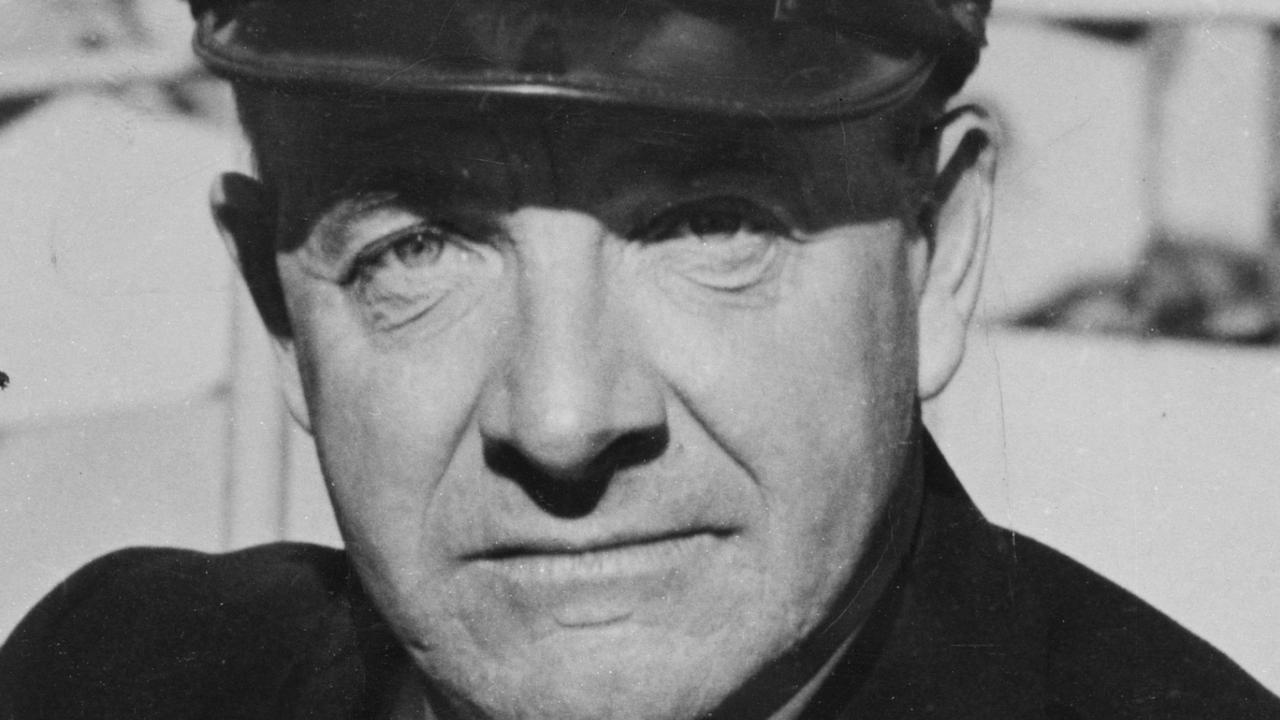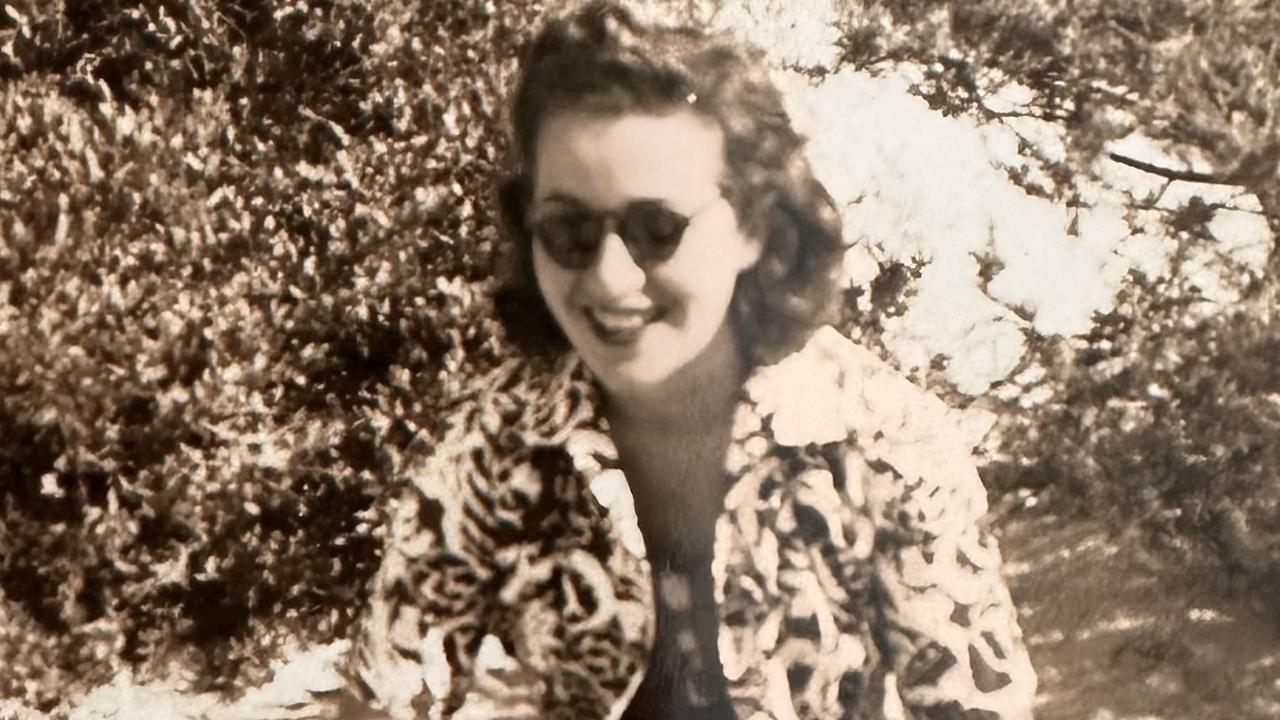The turbulent rise and fall of our youngest prime minister and the first Labor head of a national government in the world, John Watson
TRAILBLAZING John Christian Watson was the youngest serving prime minister when he became Australia’s first Labor Prime Minister and first Labor head of a national government in the world in 1904.

Today in History
Don't miss out on the headlines from Today in History. Followed categories will be added to My News.
JOHN Christian Watson, Labor leader, “is an example of what grit, coupled with ability, will do for a man in this land”, enthused a newspaper editorial in February 1909.
Trailblazing Watson, Australia’s third prime minister, spent less than four months steering a minority government in a fledgling Federation from April to August 1904.
But he is still the youngest serving Australian prime minister, assuming the role at age 37, and helped increase Labor’s vote by one-third in two years before he became Australia’s first Labor Prime Minister, and first Labor head of a national government in the world.
Conservative opponents struggled to accept his ministry that included miners and labourers, headed by a former newspaper compositor; Free Trade leader George Reid slammed Watson’s party as “a hungry socialist tiger that would devour all”.
Although known for calm optimism, even Watson railed at challenges from Reid and Alfred Deakin’s more benign Protectionists, admitting to a colleague “I despair of seeing any good come out of this government”.

Watson was born Johann Christian Tanck 150 years ago, on April 9, 1867 at Valparaiso, Chile, to Johann Christian Tanck and Martha Elizabeth Minchin. His father was possibly a Chilean citizen of German descent, while his mother was a New Zealander, likely born in Ireland. Tanck was chief officer of wheat clipper Julia, which berthed at Port Chalmers, New Zealand, from Talcahuano, Chile, on December 24, 1865. He married Martha on January 19, 1866 and they departed in the Julia for Guam on February 2.
Watson’s father died before he was two, when his mother returned to New Zealand and married a Scottish miner or seaman George Watson, in February 1869, and had another nine children.
Former federal politician Al Grassby and Chilean journalist Silvia Ordonez wrote in 1999 that the circumstances of Watson’s birth could have prevented him from serving as prime minister, although the Australian Constitution does not stop anyone born overseas from being elected to state or federal parliament, or becoming prime minister, providing they do not hold foreign citizenship.
It was suggested Watson hid details of his German heritage, although a newspaper report in 1909 noted he was born in Valparaiso but grew up in New Zealand, where his family lived at Oamaru, in the south island Otago province.
Watson left school at 10 to earn five shillings a day as a “nipper” on railway construction jobs, quitting at 13 for an apprenticeship as a newspaper compositor at the North Otago Times. He lost his job in 1886, then left for Australia where he first worked as a labourer and stablehand at Government House. Later working as a compositor at The Daily Telegraph, Sydney Morning Herald, and in 1888 the Australian Star, a protectionist paper, he became “father of the chapel”, the recognised spokesman for the composing room in dealings with management.

He had married dressmaker Ada Low when he was elected as a delegate to the NSW Trades and Labor Council in January 1890, rising to vice-president in 1892. As the 1890s depression worsened, Watson agitated for assistance for thousands left unemployed by 1893, and in 1894 helped run a co-operative settlement for the unemployed. After resolving a dispute between the council and the Labor Party, he became council president and Labor Party chairman, successfully running for NSW Parliament in 1894.
As the states prepared for Federation, Watson shared Labour Party (it became Labor in 1912) concerns that aspects of the draft Constitution were undemocratic, believing the Senate as proposed was too powerful. Once supported by a national referendum, Watson and Labor accepted the vote.
Praised for his athletic good looks, “genial disposition and sound common sense”, Watson was elected to the first federal parliament in 1901 as member for Bland, and elected federal parliamentary Labor leader in May.
Invited to form a government on April 23, 1904, Watson’s government enacted six bills during his term as PM. The Conciliation and Arbitration Bill proposed during his term, and which led to Watson’s resignation on August 17, 1904, passed in December under Reid. Watson resigned as leader in 1907, and left politics in 1910. He was expelled from the Labor League in 1916, when he backed conscription against party policy.
Watson helped found the National Roads and Motorists Association (NRMA), serving as chairman, and the Australian Motorists Petrol Co Ltd (Ampol). Ada died in 1921, and in 1925 he married 23-year-old waitress Antonia Dowlan.
Their daughter Jacqueline was born in 1927. Watson died at his Double Bay home in November 1941.
Originally published as The turbulent rise and fall of our youngest prime minister and the first Labor head of a national government in the world, John Watson


